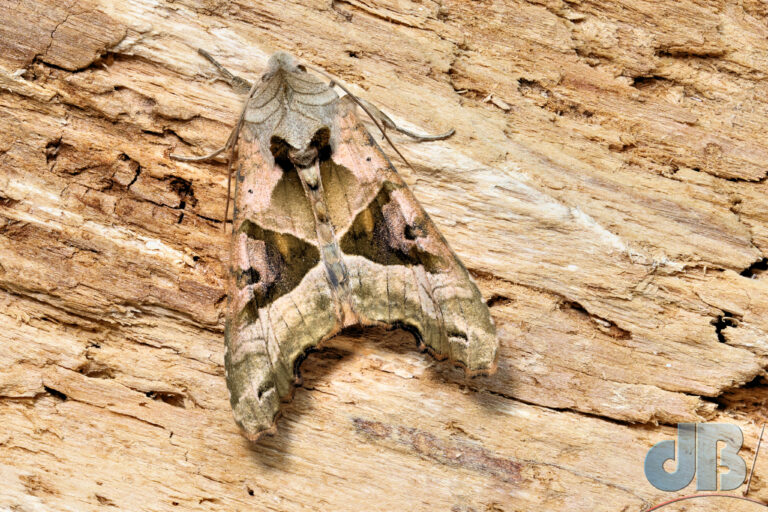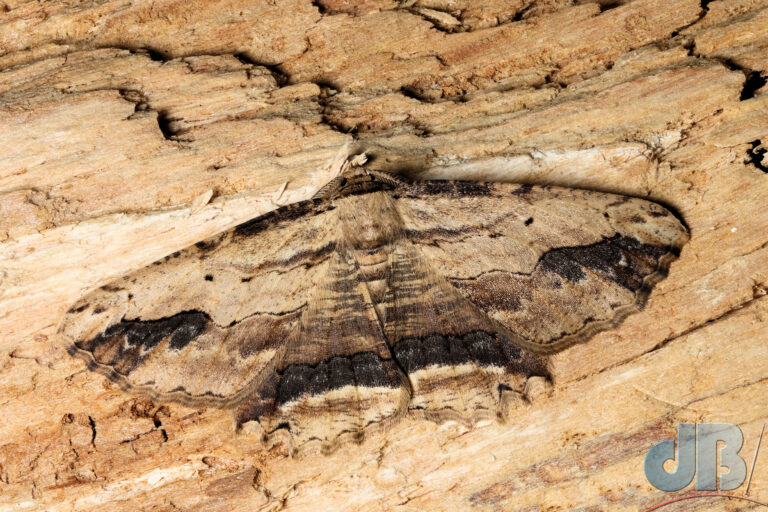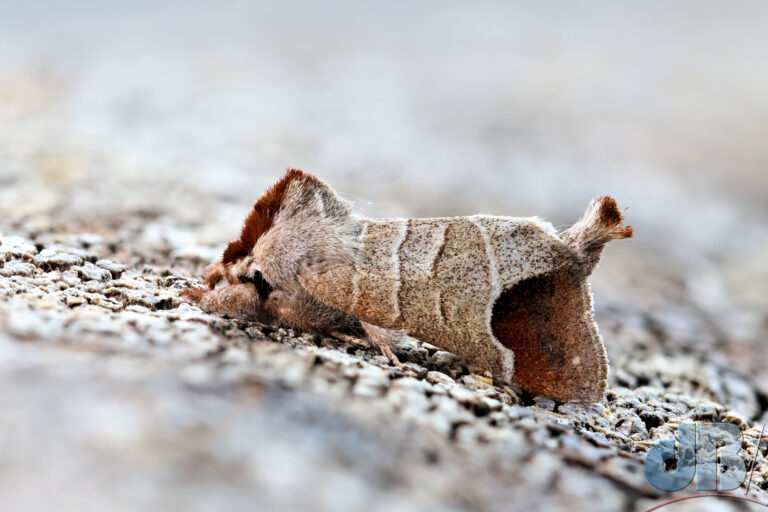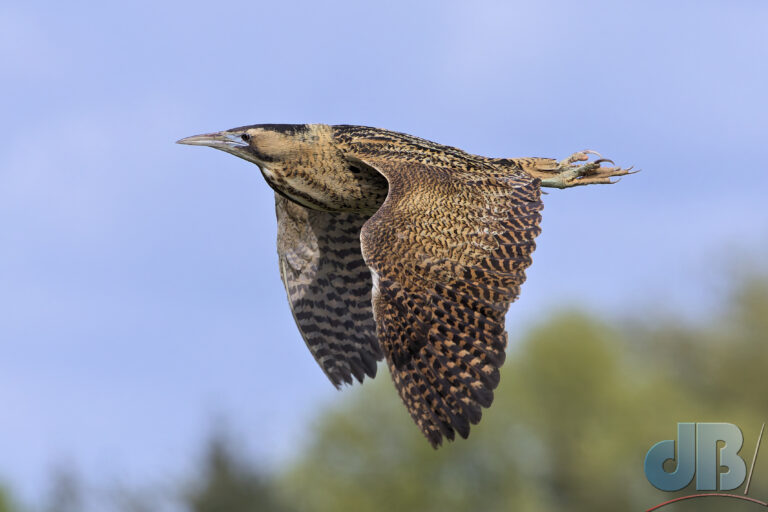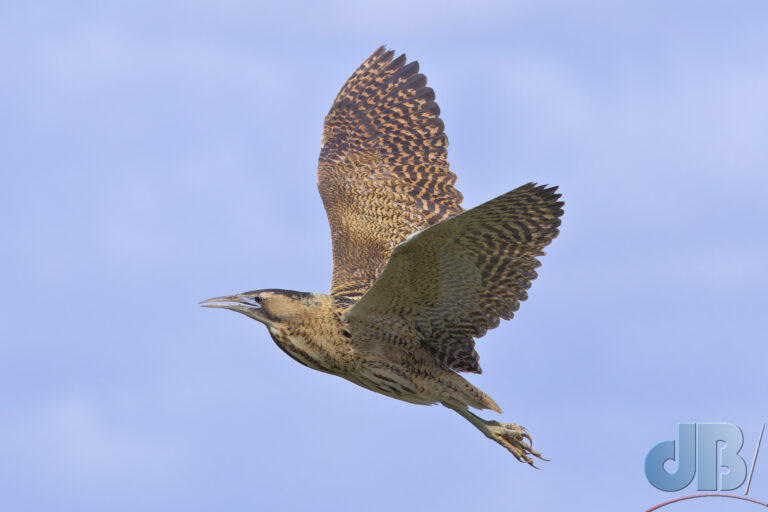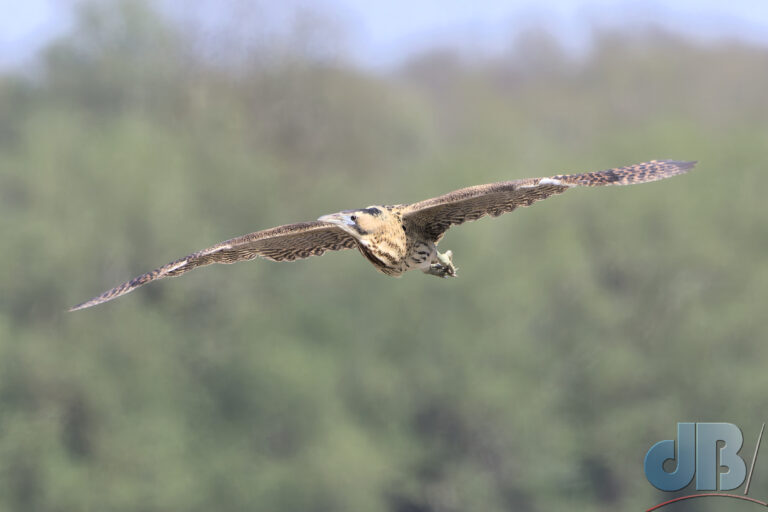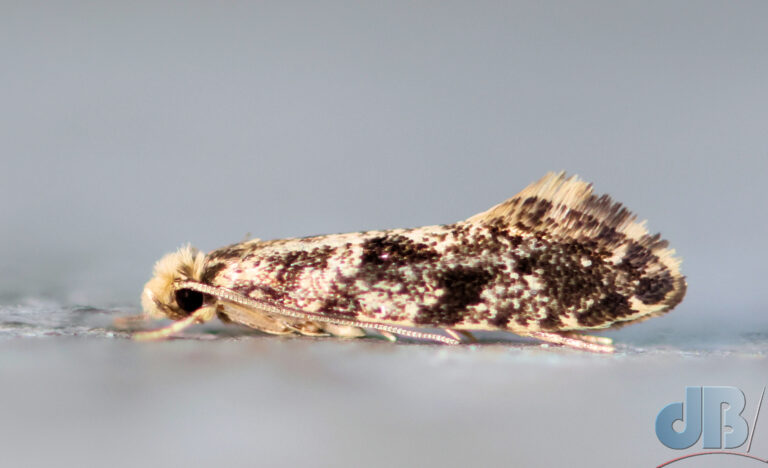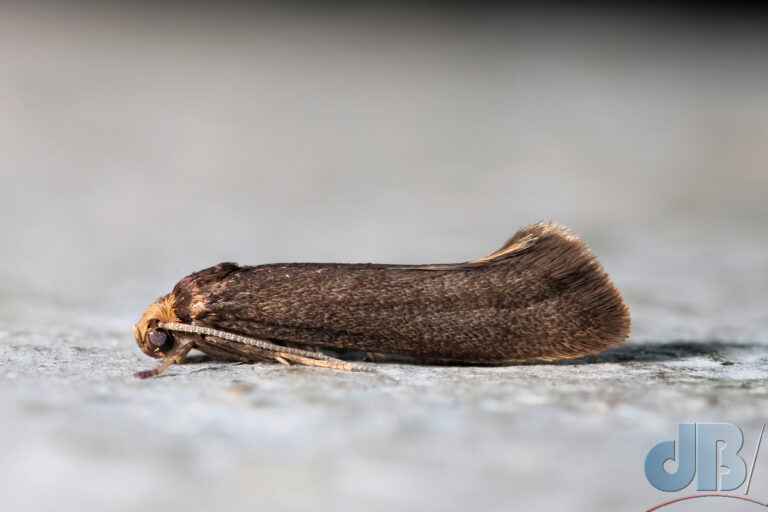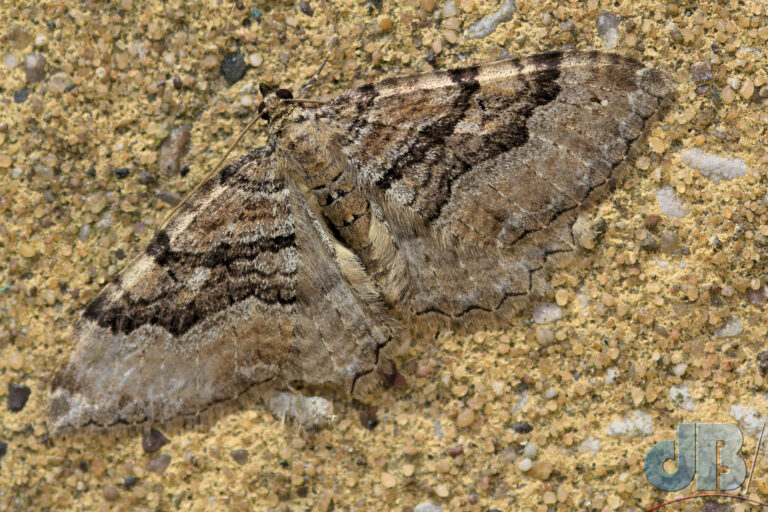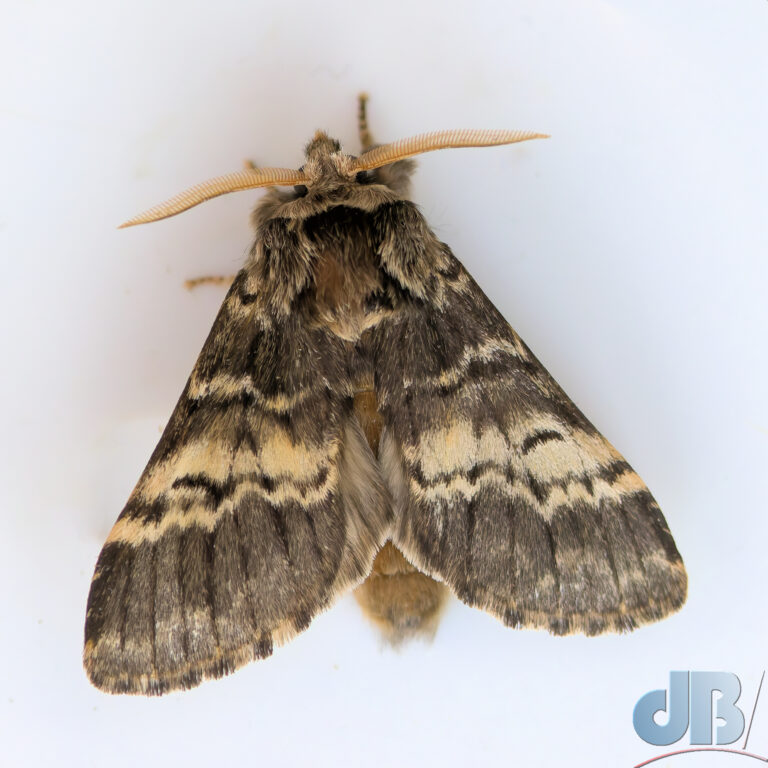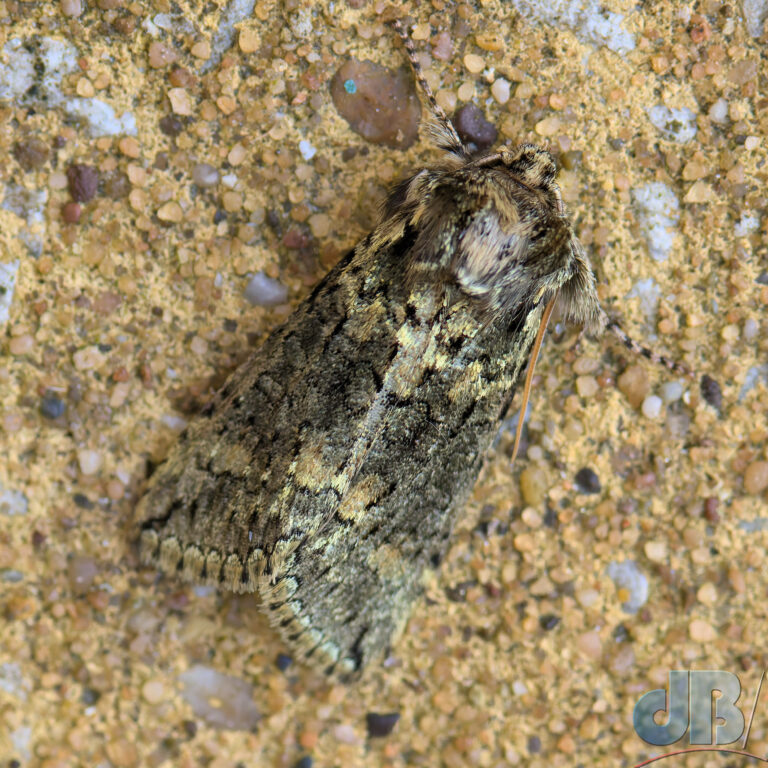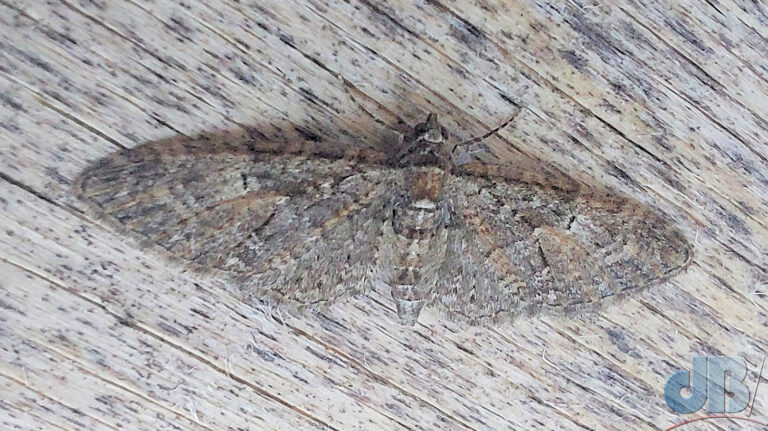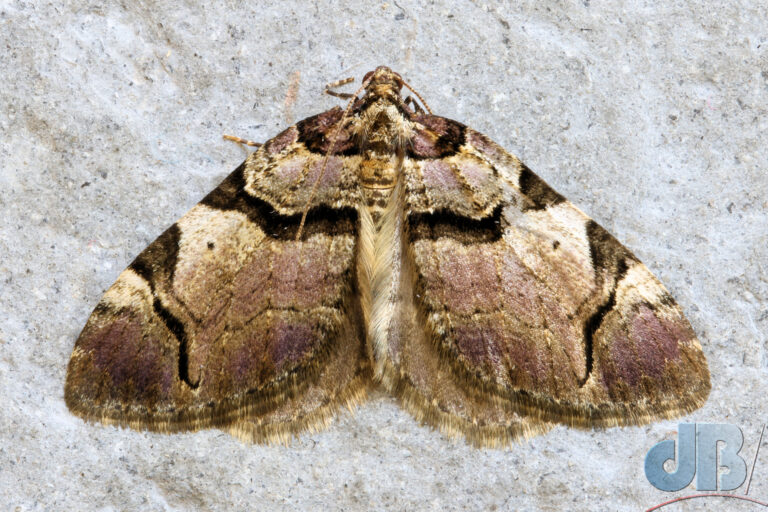One of our local nature reserves has been created from retired gravel pits. It’s known as RSPB Ouse Fen and it’s split across three patches with some active gravel and sand excavations still underway in between*. One patch, the Needingworth side, I mentioned several years ago. The second patch, which is across the river via Brownshill Staunch, can be referred to as the Over end the more recently opened patch is at the village of Earith.
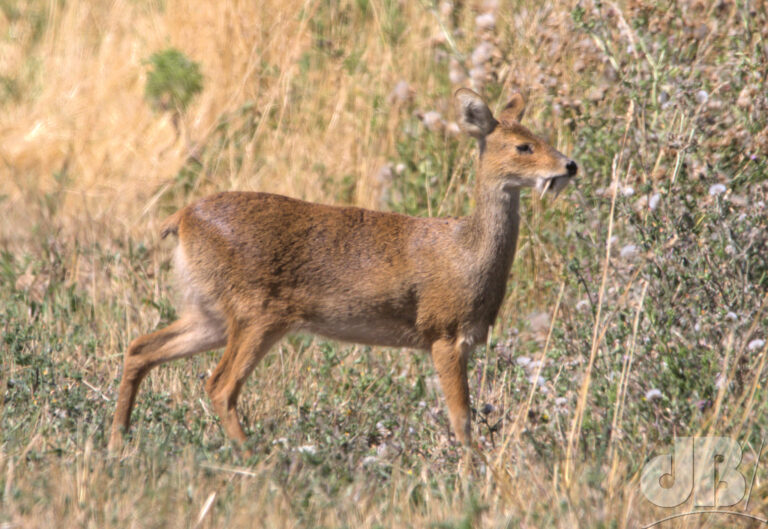
According to the RSPB website on the subject:
“…when the project is fully complete, Ouse Fen along with its neighbouring RSPB nature reserves; Fen Drayton Lakes and the Ouse Washes, will form a near continuous 3000 hectare wetland habitat, around half the area of the nearby city of Ely.”
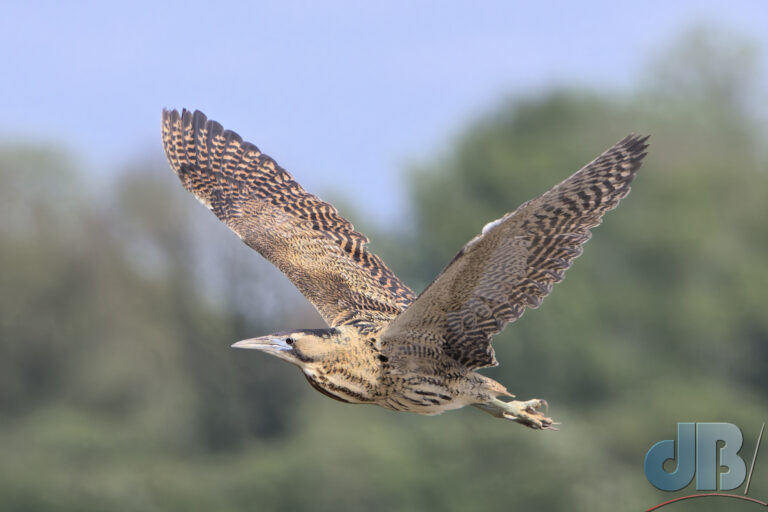
We visit these places a lot. I’ve mentioned theem here a lot too, not least with reference to Short-eared Owls, vast Starling murmurations (half a million birds in March 2024), Clouded Yellow butterfly irruptions, and Chinese Water Deer (non-native, invasive species). The Earith section is a lovely spot, but often it’s quite quiet in terms of birds.
Today was different.
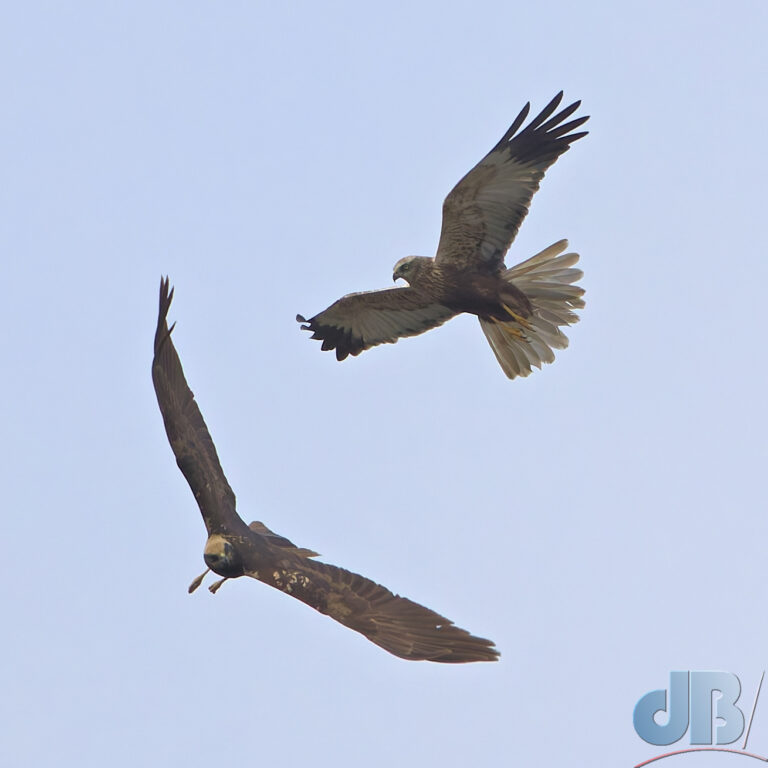
Black-headed Gull activity was high, first Common Tern of our year spotted, nine Hobbies catching insects on the wing, three or four Marsh Harriers courting on the wing, Water Rail squealing out of sight, numerous Little Grebe wabbling in the water. There were Grey Heron, Little Egret, Great White Egret, Coot, Moorhen, Kestrel, Rooks and Carrion Crow, dozens of Sand Martin, Pheasant, Blackbird, Whitethroat, Wigeon and numerous other ducks, Great Black-backed Gull, Leser Black-backed Gull, Linnet, Snipe, Redshank, Starling, Mute Swan (and according to the Merlin app, Bewick and Whooper, and Pectoral Sandpiper! Yeah, right!), Wood Sandpiper, Cormorant, Blue Tit, Lapwing, Oystercatcher, Canada Geese and Greylag Geese overhead, a few overheard Bearded Reedling and Sedge Warbler, Reed Buntings, lots of Cetti’s Warbler, lots of Reed Warbler, and we missed it, but last year’s Great Reed Warbler seems to have turned up again.
There were lots of Bittern booming and on our second fruitless pass of the GRW spot, we saw six Bittern ducking in and out of one patch of reeds. Most I’ve ever seen together in one sitting was two lots of two on the wing. It’s an amazing comeback for a once almost-extinct (in the UK) species. Its resurgence is largely down to conservation efforts and the creation of new wetland habitat from these ex-gravel pits.
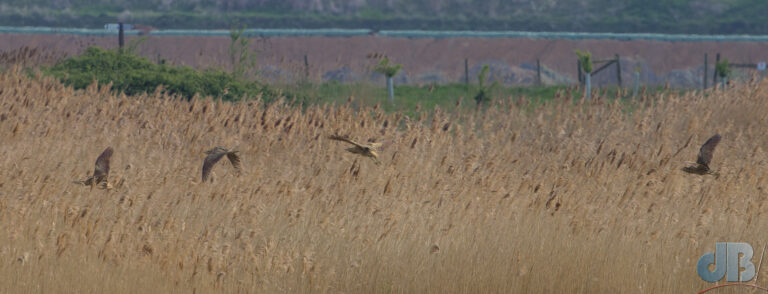
*The works have been running for a decade and have another twenty years to go. They take out something like 2 million tonnes of sand and gravel annually. I think they’re reporting that they’ve removed about 16 million tonnes in total so far. Other smaller gravel quarries in the area, such as the one even more local to us here in Cottenham, down Long Drove, have been back-filled and restored to arable farmland.

